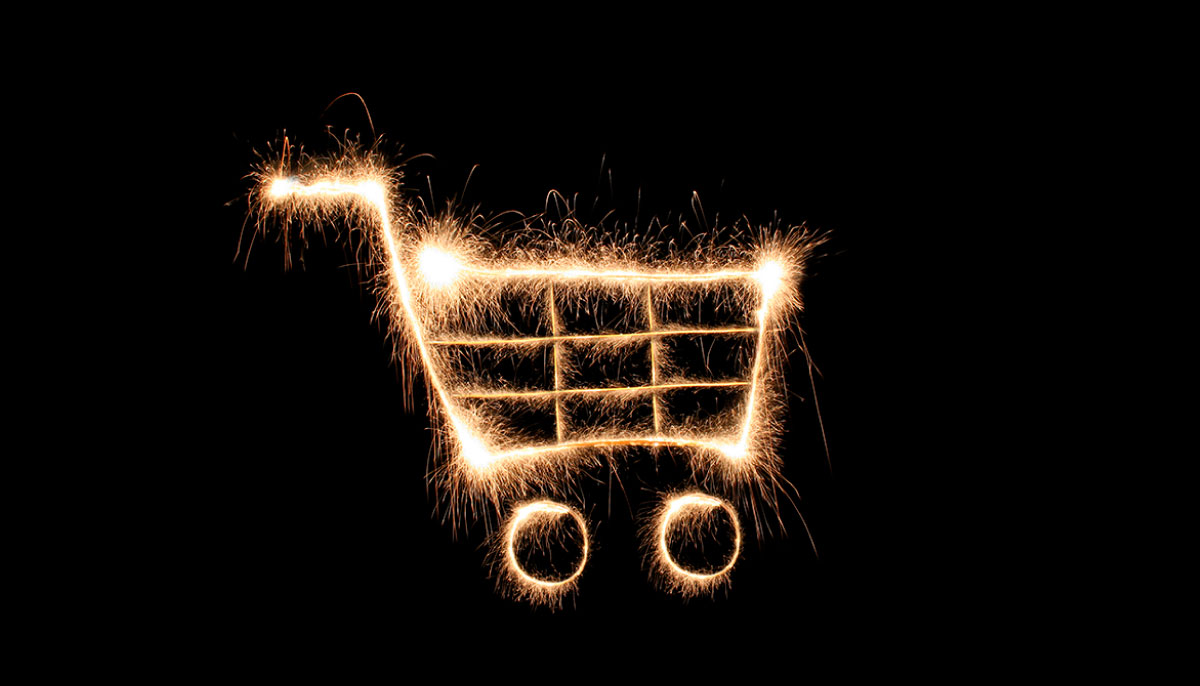
COVID-19 and Consumer Demand – How We Got Here
The eruption of a pandemic in a society accustomed to social media, a surplus of stock and same-day delivery, is uncharted territory. Sales across eCommerce are fluctuating alongside government announcements and media information. For retailers, forecasting demand amidst this turbulent, unprecedented environment is a challenging, yet vital pursuit. Nielsen has released research finding that consumer behavior encompasses six ‘thresholds’ as shoppers react to the advance of COVID-19 worldwide. In this piece, we take a closer look at the trends we’ve seen so far, how Nielsen’s thresholds apply to sales online.
#1 Proactive Health-Minded Buying
In the initial phases of the coronavirus outbreak, when localized cases were minimal and all directly connected to overseas transmission, we saw interest in products which support overall health and wellness slightly rise. Nielsen identified this phase as Proactive Health-Minded Buying. For eCommerce, whilst interest in health was gradually gaining momentum, year on year Health and Beauty sales for January remained fairly level (-0.9 per cent1
#2 Reactive Health Management
Yet, by February, sales of Health and Beauty were up 13.9 per cent from the previous month1, indicating a transition into phase #2: Reactive Health Management. When local cases multiplied without direct links to overseas transmission, we saw the first substantial spike in sale of goods as consumers raced to buy hand sanitizer (in UK, sales rocketed 255 percent in February). As a result, many brick-and-mortar stores quickly sold out of produce – a visual cue to panic, and so the cycle continued.
#3 Pantry Preparation (and panic-buying)
As the crisis continued, stockpiling ensued, spiking the greatest in-store footfall for brick-and-mortar; the third phase, Pantry Preparation, was truly underway. Stores saw queues forming outside doors in the early hours; supermarkets began rationing stock and introducing measures to help the elderly buy food before it sold out. But simultaneously, traffic to eCommerce crashed: online retail year on year growth plummeted to -12 per cent.1 Shopping in-store evades delivery delays or surprise substitutions for out of stock items; eCommerce took a backseat.
The motive to panic-buy has been catalyzed by its representation in the media. Humans are social creatures, intuitively influenced by the behavior of others. For weeks, consumers were continually exposed to social feeds flooded with images of stark shelves, void of toilet paper and other essential household items, causing ‘fear contagion’. The psychology of ‘retail therapy’ explains how we buy to manage our emotional state, taking back control in times of uncertainty. Repeated exposure to the panic-purchasing behavior of our peers, combined with mounting distress, led to an emerging sense of urgency: consumers rushed to their local store to prepare their own households for quarantine.
#4 Quarantined Living Preparation
This marked the transition into phase #4: Quarantined Living Preparation, whereby we see a decline in store visits and a sharp rise in online shopping. As supermarket stock dwindled, consumers began shopping for goods online, recognizing the ease, convenience and increased safety of the channel.
eCommerce sales began to steadily increase – until 20th February 2020, marking the start of the global crash. This was the worst week for the Global Stock Market since the 2008 financial crash. As the weight of this crash set in, consumers accordingly restricted their spend, anticipating economic downfall and bracing for job losses. The trend continued into the beginning of March; For many consumers, these perturbing announcements, delivered across a BBC broadcast likened to that of World War II, pushed rising levels of fear to peak panic point. For retailers, the ability to quickly scale down, as well as scale up, was their lifeline.
#5 Restricted Living
Mid-March signaled terror for the economy and brought the UK into the fifth threshold: Restricted Living. The PM requested all non-essential contact to stop; all gyms, pubs, cafes and social venues were ordered to close and extreme financial bailouts for businesses and the unemployed were presented. Considering previous trends, which saw consumers tightening their spend across all industries as the pandemic progressed, we might predict that such generation-affirming announcements would see the downwards trend continue. Yet, this became the pivot point which saw eCommerce sales increase – compared to the -12 per cent the previous week, year on year growth rose to -2.2 per cent.
Currently, online sales continue to increase as further restrictions are enforced in an effort to contain the virus. Current spending across different sectors is rapidly changing as people adapt to isolated living. Predictably, online clothing sales this week have fallen 24 per cent1 and money has been diverted to categories like home and garden and electrics, particularly, home office equipment, entertainment consoles and fridge-freezers. The garden sector grew by 80 per cent year on year last week1 (an identical phenomenon happened in Spain and Italy several weeks prior – who are both ahead of the UK the pandemic outbreak). However, retailers must be on the ball – consumer behavior is predictably unpredictable.
#6 Living a New Normal
As we eventually transition to phase #6, Living a New Normal, people will return to daily routines – however, Nielsen’s research suggests we will see permanent shifts in the supply chain and the use of eCommerce. For example, the coronavirus is proving we need more resilient supply chains; manufactures are seeking micro-fulfillment approaches to spread out their distribution centers, such as pop-up facilities.
Consumer behavior is highly habitual. Our preferences tend to stem from familiarity – we like shopping in-store because we can control the process and have always shopped this way. It takes a shock to the system to push us to try new technology and change habits. As eCommerce continues to support vulnerable consumers through this period of isolation, many late adopters will adapt to online shopping, causing a permanent shift in behavior post-COVID-19.
1 IMRG. (Producer). (2020). IMRG Data Webinar: Coronavirus – What Have We Tracked So Far? [Video webinar].


